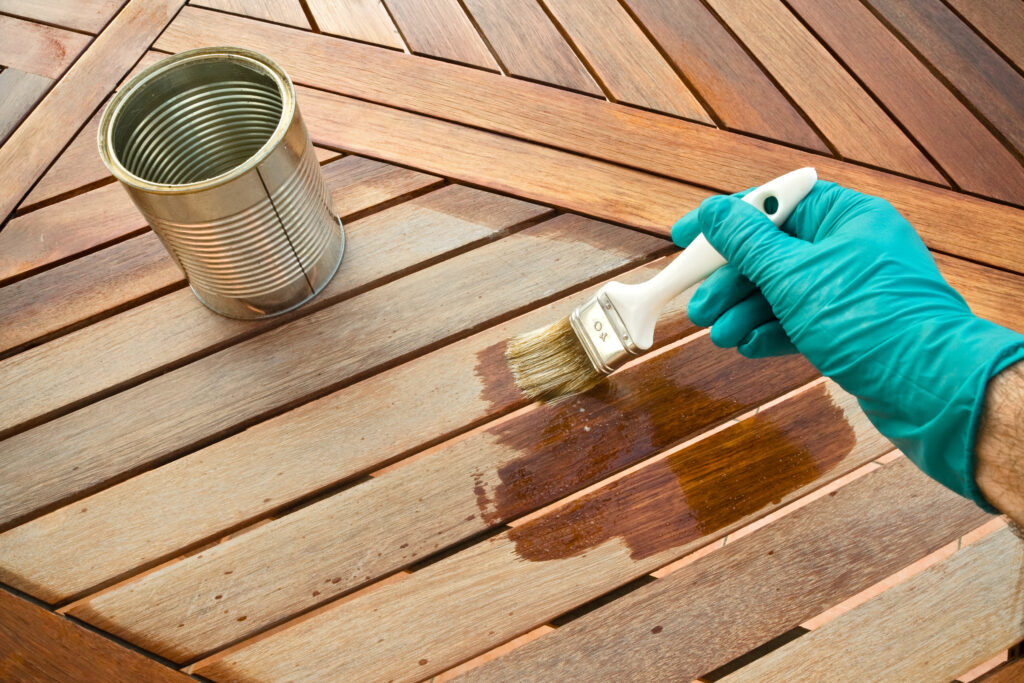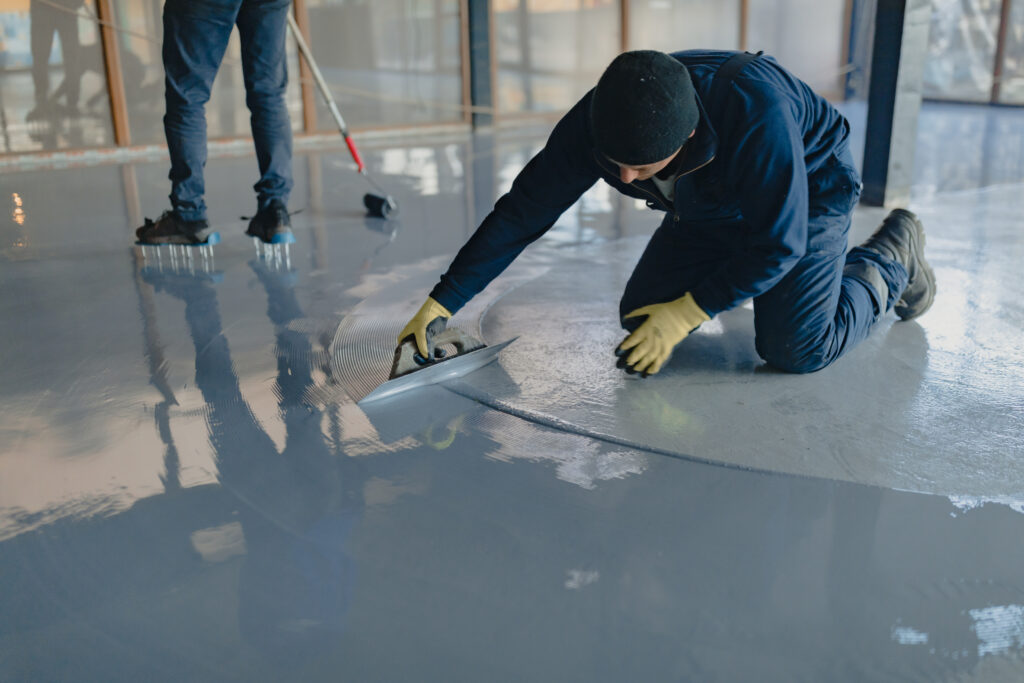As one of the fundamental principles of interior design, color is the cornerstone of any painting project. It has the power to set the mood, evoke emotions, and completely transform spaces. But with an infinite array of paint choices out there, how do you navigate the endless options and create a color palette that truly shines?
Whether you’re completely revamping your home or making smaller updates to a room or two, understanding the basics of color theory is a vital skill. In this helpful guide, we’ll explore some essential concepts and vocabulary to help you create the perfect color palette for your home.
The Color Wheel
The color wheel is an integral tool in any type of visual design, from art to clothing to home interiors. It arranges the colors of a rainbow in a circle, allowing you to easily see the relationships between hues. A basic color wheel categorizes each hue as one of three types:
- Primary colors — red, yellow, and blue — cannot be achieved by mixing other colors.
- Secondary colors are made by mixing two primary colors. For example, red plus blue makes purple, and yellow plus red makes orange.
- Tertiary colors are achieved by mixing primary and secondary colors. For instance, red plus orange makes red-orange, and yellow plus green makes yellow-green.
- Monochromatic palettes consist of variations of a single hue. By playing with saturation and value, you can create a cohesive, sophisticated, unifying look.
- Analogous palettes use colors that lie adjacent to each other on the color wheel, creating a harmonious and balanced effect.
- Complementary colors are located directly across from each other on the color wheel. Pairing complementary hues creates a vibrant, high-contrast color scheme that evokes excitement and energy.
- Triadic palettes consist of three evenly spaced colors on the color wheel, offering a balanced blend of harmony and contrast.
- Split-complementary schemes use a base color along with the two colors adjacent to its complement.
Basic Types of Color Palettes
Using the color wheel, we can create color palettes, which serve as a roadmap for creating visual interest and harmony in your space. There are several basic types, each representing a different relationship between the colors, including:
 Exploring the Essential Properties of Color
Exploring the Essential Properties of Color
Now that you’re familiar with some basic types of color palettes, let’s explore three essential properties of color: hue, saturation, and value.
Hue
Hue distinguishes one color from another on the color wheel — red, orange, yellow, etc. When selecting hues for your home’s color palette, consider the atmosphere you want to create. Color psychology, while not a hard set of rules, can help you understand the effect of colors on your mood. For example, cool hues like blue and green evoke serenity and relaxation, while warm hues like orange and red are associated with energy and vitality.
Saturation
Saturation refers to a color’s intensity or vividness. Highly saturated colors are vibrant and intense, while desaturated colors are muted or grayish. Adjusting the saturation of your color palette can have a dramatic impact on its overall look and feel.
Value
Value refers to a color’s lightness or darkness relative to its surroundings. Think of how the colors would look if you took a black-and-white photo of them — light or bright colors like yellow and orange would appear closer to white, meaning they have a higher value, while deep colors like blue and purple would be darker, indicating that they have a lower value. By incorporating a range of values into your color palette, you can add dimension and depth.
 Choosing Your Perfect Color Palette
Choosing Your Perfect Color Palette
To choose the perfect paint colors for your home, start by considering the mood you want to create. Do you want a cozy, intimate atmosphere or a bright, refreshing feeling? Once you’ve established your goals, choose a color scheme that aligns with your vision.
Experiment with different combinations of saturations, hues, and values to create the ideal depth and contrast. Online tools like Adobe Color can help you explore your options and visualize your selections. The key to building a successful color palette is balance and harmony. Pay attention to how the colors interact with each other and adjust them accordingly until you achieve the desired effect.
Add Color to Your Life With Brush Brothers Painting
At Brush Brothers, we understand that creating a harmonious color palette is both an art and a science. With extensive experience painting homes of all shapes and sizes, we are experts in the power of color. From helping you select the perfect shades to ensuring every brushstroke is executed with precision, we would be honored to help you transform your home into a work of art. Contact us today to get started!






